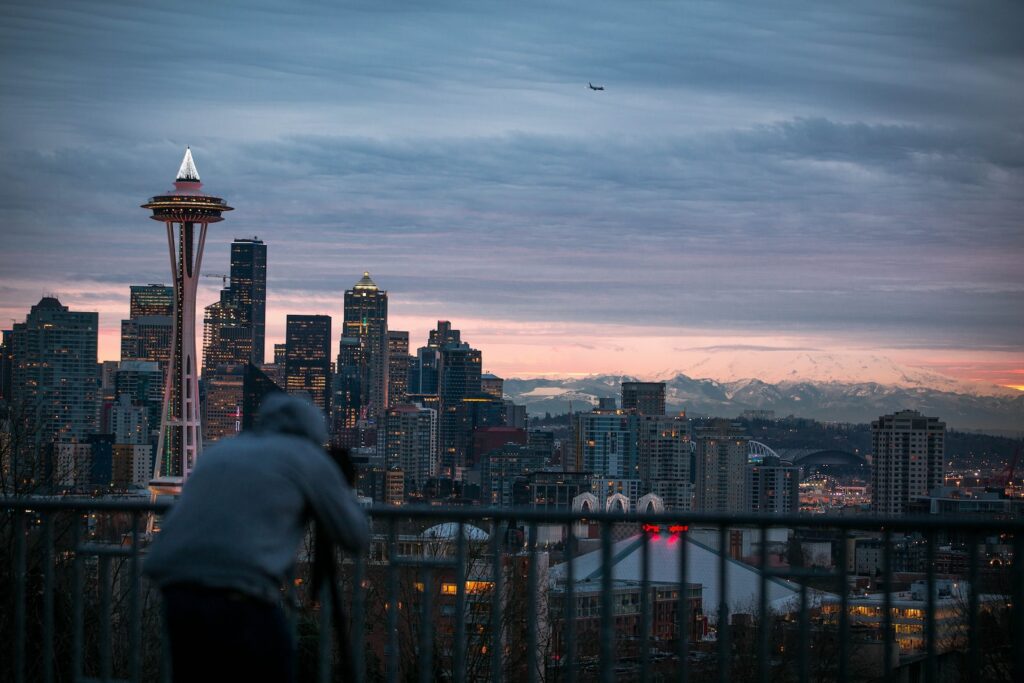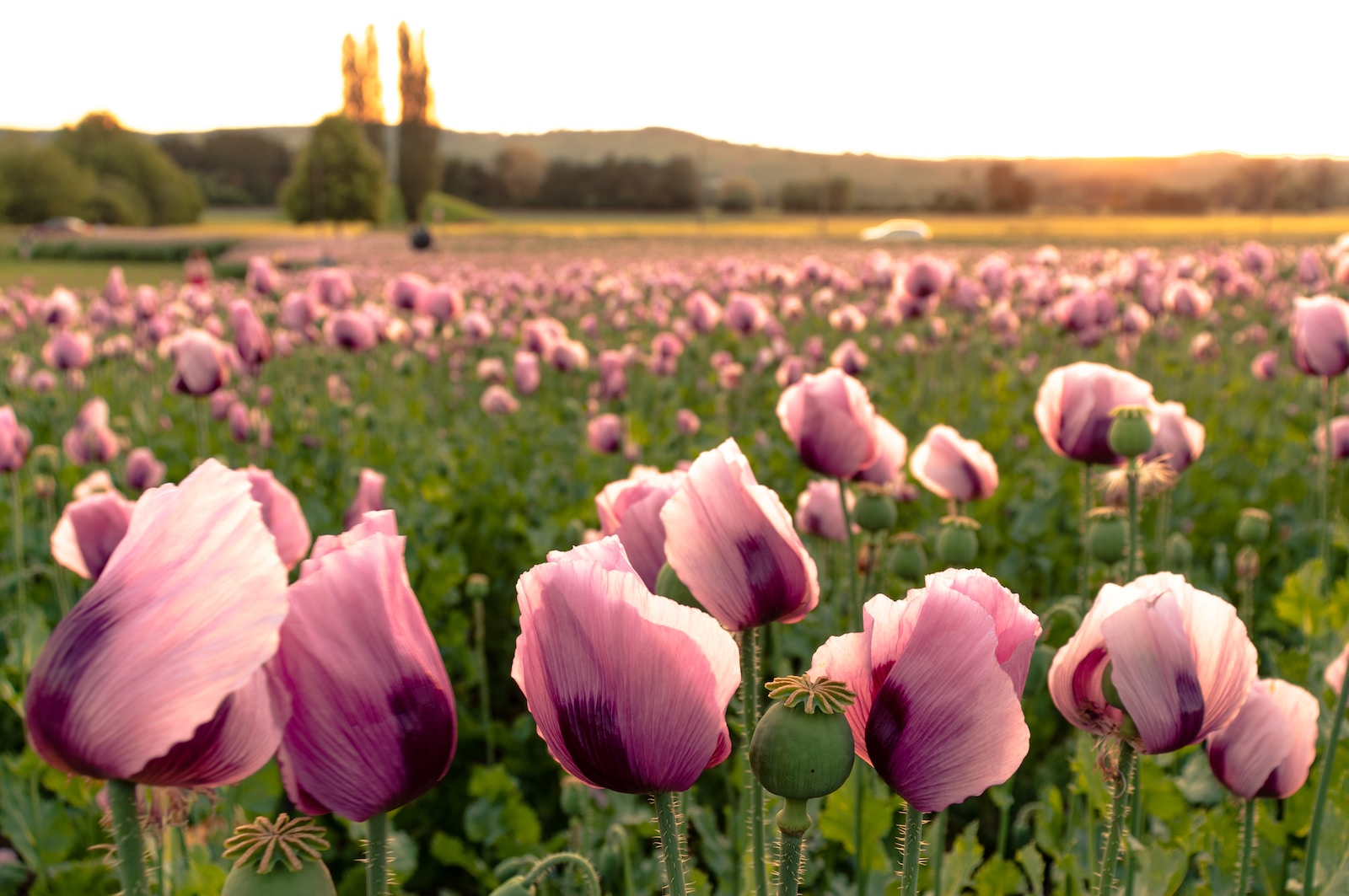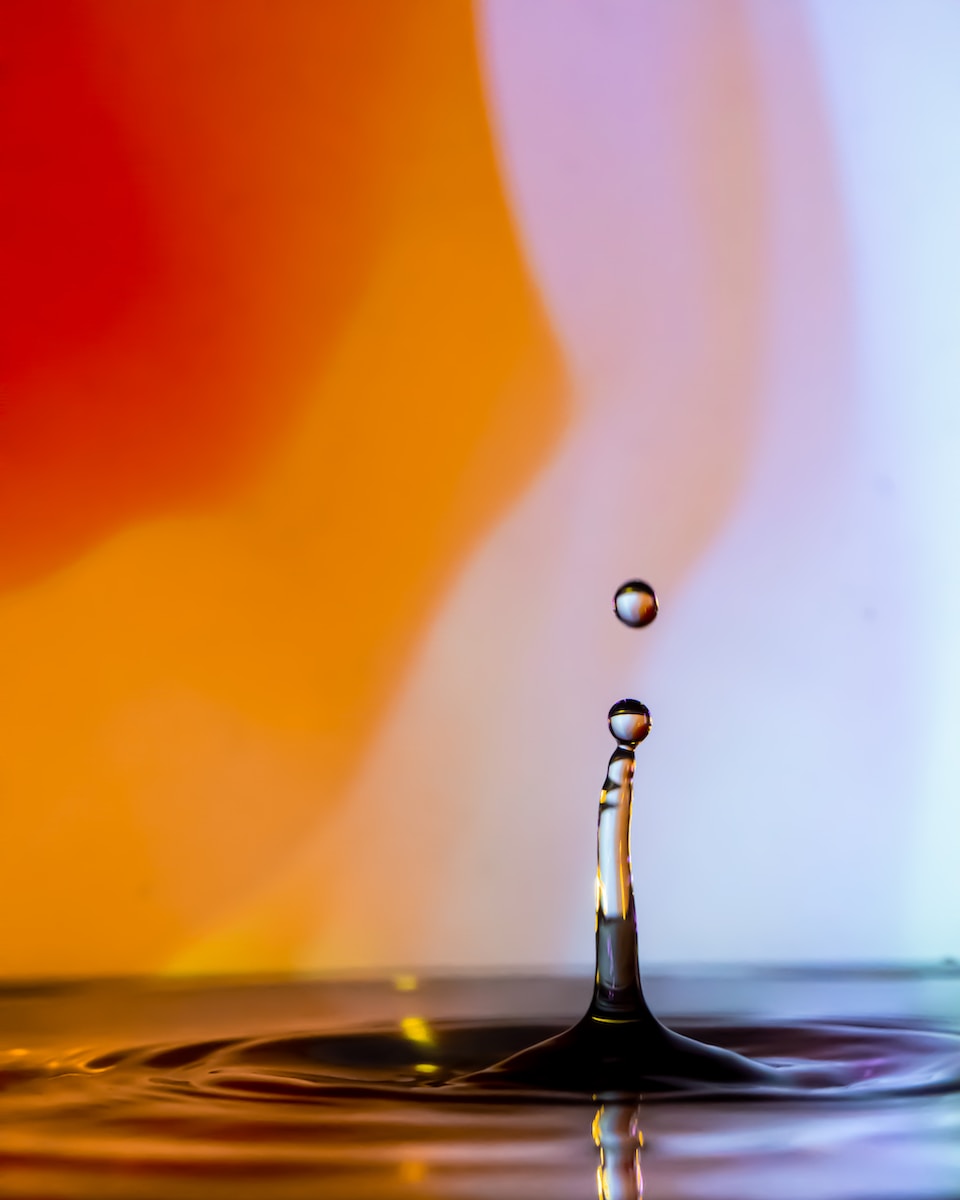Welcome to Foreground Intrigue: Drawing Viewers into Your Images! Want to captivate your audience and make your photos stand out? In this blog, we’ll discuss how to add depth and interest to your images by incorporating intriguing elements in the foreground of your composition. Learn about the Foreground_Interest, Depth, Composition_Strategies, and Picture_Framing techniques that will make your photos visually stunning and keep viewers coming back for more.
Table of Contents
- Foreground Interest: Hooking Your Audience
- Get Started and Experiment
- Foreground Interest: Adding Depth and Intrigue to Your Images
- Frequently Asked Questions
- What is foreground interest in photography?
- How can foreground interest enhance my images?
- What are some strategies to create foreground interest in my compositions?
- How does picture framing contribute to foreground interest?
- Can I achieve foreground interest in any type of photography?
- Are there any specific camera settings or equipment recommended for foreground interest?
- Wrap Up
Foreground Interest: Hooking Your Audience
Creating intrigue in the foreground of your images is a great way to capture viewers’ attention right from the start. By introducing captivating elements in the foreground, you draw viewers into your photo and create a sense of depth. An interesting foreground can make your image visually striking and entice viewers to explore it further.
Depth: Adding Dimension to Your Images
The key to a visually engaging photo is to create a sense of depth. By using a foreground element, you add layers to your composition, making it visually interesting and dynamic. Depth can guide the viewers’ eyes and create a more immersive experience, allowing them to explore the image beyond its surface.
Composition Strategies: Balancing the Elements
When incorporating a foreground element, it’s crucial to pay attention to your composition. Using different composition strategies, such as the rule of thirds or leading lines, can help you balance your image and make the foreground element work harmoniously with the rest of the scene. Experiment with different techniques to find the composition that best suits your image and enhances the foreground intrigue.
Picture Framing: Creating a Window to the Scene
Another great way to utilize the foreground is by using it as a framing device. Placing an intriguing element in the foreground can provide a natural frame for your subject, leading the viewers’ eyes directly to the focal point of the image. By using picture framing techniques, you can create a more immersive and captivating composition.
Captivating the Viewer’s Attention
In a world flooded with images, grabbing and holding the viewer’s attention has become increasingly challenging. With foreground intrigue, you have a powerful tool to captivate your audience. By strategically placing captivating elements in the foreground, you create an initial hook that draws viewers into your image and encourages them to explore further.
Adding a Sense of Scale and Context
Foreground elements not only grab attention but also provide a sense of scale and context to your images. Whether it’s a person, an object, or an element from nature, incorporating the foreground allows viewers to gauge the size and proportions of the scene. This additional information enhances the story your image tells and makes it more relatable and engaging.
Did you know that using a wide-angle lens is an effective way to emphasize foreground interest and enhance the perceived depth of your image?
By taking advantage of the wide-angle lens’s field of view, you can emphasize the foreground and make it a more prominent part of your composition. This technique adds visual depth, making the image feel more immersive and three-dimensional.
Elevating Your Photography Skills
Incorporating foreground elements in your compositions not only enhances the visual appeal of your images but also challenges you as a photographer. It forces you to think creatively and find unique and intriguing subjects to place in the foreground. By honing your skills in foreground intrigue, you’ll elevate your photography, creating images that have a lasting impact on your viewers.

Get Started and Experiment
Now that you understand the importance of foreground intrigue, it’s time to grab your camera and start experimenting. Look for captivating foreground elements in your surroundings, whether it’s a natural feature, an architectural element, or a person. Play with composition, framing, and depth to create visually stunning images that draw viewers in and leave them wanting more. Remember, the foreground is more than just a visual element; it’s a storytelling tool that can elevate your photography to new heights.
Foreground Interest: Adding Depth and Intrigue to Your Images
Have you ever come across a photograph that instantly drew you in, capturing your attention and holding it captive? Chances are, one of the reasons behind this captivating effect is the incorporation of intriguing elements in the foreground.
The Power of Foreground Interest
Foreground interest refers to objects or subjects placed strategically in the front of an image, giving it a sense of depth and drawing the viewer’s eye into the scene. It serves as an invitation, enticing viewers to explore the image further and uncover its hidden narratives.
By consciously incorporating foreground interest, you can elevate your photography to a whole new level, creating images that are not only visually appealing but also emotionally captivating. In this article, we will explore various composition strategies and techniques to help you master the art of using foreground interest.
Composition Strategies: Placing Foreground Interest
The key to effectively utilizing foreground interest lies in careful composition. Here are some strategies that you can employ to enhance your images:
- Leading Lines: Incorporate leading lines to guide the viewer’s gaze towards the main subject while also introducing an intriguing foreground element. These lines can be natural or man-made and help create a sense of depth and perspective.
- Frame Within a Frame: Look for natural frames within your surroundings, such as tree branches, archways, or windows, that can act as a frame within your frame. Placing an engaging object in this frame can add depth and draw attention to your subject.
- Overlapping Objects: Experiment with overlapping objects in the foreground and background to create a sense of depth. This technique can add layers to your composition, providing a visually interesting experience for your viewers.
Picture Framing: Engaging the Viewer
Picture framing is a powerful technique that involves using a foreground element to enclose the main subject within the frame. This technique not only adds depth but also creates a sense of intimacy, as if the viewer is peeking through a window into another world.
To effectively use picture framing, look for natural elements like branches, doorways, or arches that can act as a frame. Place your subject strategically within this frame to create a visually striking composition.
Case Study: Overcoming Challenges
Let’s take a look at the journey of photographer Alex, who faced the challenge of capturing a landscape photograph that truly engaged the viewer. Alex decided to incorporate foreground interest to add depth and intrigue.
Alex positioned himself on a cliff overlooking a scenic valley. Instead of merely capturing the vast landscape, he noticed a tree branch protruding into the frame. Alex decided to incorporate the branch as his foreground interest, strategically placing it in the lower portion of the image.
By doing so, Alex successfully added depth and curiosity to his photograph. The branch not only led the viewer’s eye towards the beautiful valley but also created a visual storytelling element, making the viewer wonder about the surroundings beyond the frame.
In conclusion, the inclusion of foreground interest plays a crucial role in enhancing the visual impact of your images. It adds depth, invites viewers to explore, and creates an emotional connection. So, next time you’re behind the lens, remember to consider the power of foreground intrigue and see how it transforms your photography.
Frequently Asked Questions
What is foreground interest in photography?
Foreground interest in photography refers to the intentional placement of visually appealing elements in the foreground of an image to create depth and intrigue. It helps to draw the viewer’s attention and adds a sense of dimension to the composition.
How can foreground interest enhance my images?
By adding foreground interest, you introduce a visual anchor that captivates the viewers and leads their eyes deeper into the image. It creates a sense of depth and encourages exploration, making your photographs more visually engaging and dynamic.
What are some strategies to create foreground interest in my compositions?
There are several effective strategies to create foreground interest in your compositions:
- Use leading lines or objects in the foreground to guide the viewer’s eye towards the main subject.
- Incorporate elements with strong textures or patterns, such as foliage, rocks, or architectural details, to add visual interest.
- Experiment with depth of field to intentionally blur the foreground, creating a sense of mystery and inviting the viewer to explore further.
- Play with different angles and perspectives to emphasize the foreground elements and make them stand out.
How does picture framing contribute to foreground interest?
Picture framing is a composition technique that involves using objects or elements within the frame to create a natural border around the main subject. It not only adds depth but also draws attention to the foreground elements, enhancing the overall effect of foreground interest in your images.
Can I achieve foreground interest in any type of photography?
Yes, foreground interest can be applied to various genres of photography, including landscapes, street photography, still life, portraits, and more. It is a versatile technique that can greatly enhance the visual impact of your images, regardless of the subject.
Are there any specific camera settings or equipment recommended for foreground interest?
While there are no specific camera settings or equipment required for foreground interest, using a wide-angle lens can help emphasize the foreground elements and create a stronger sense of depth. Experiment with aperture settings to control depth of field and ensure that your foreground elements are sharp and well-defined.
Wrap Up
Incorporating foreground intrigue into your images can make a significant difference in creating captivating compositions that draw viewers in. By utilizing depth, composition strategies, and picture framing techniques, you can add interest and depth to your photographs.
Remember to use the foreground as a powerful tool to create depth and lead the viewer’s eye into the image. Experiment with different elements such as leading lines, textures, and objects to add a sense of intrigue and curiosity.
Implement these techniques in your photography to create images that stand out and leave a lasting impression on your audience. Now it’s your turn! Share your thoughts and experiences with using foreground interest in the comments section below. Engage with other photographers and let’s inspire each other to take our images to new heights.



